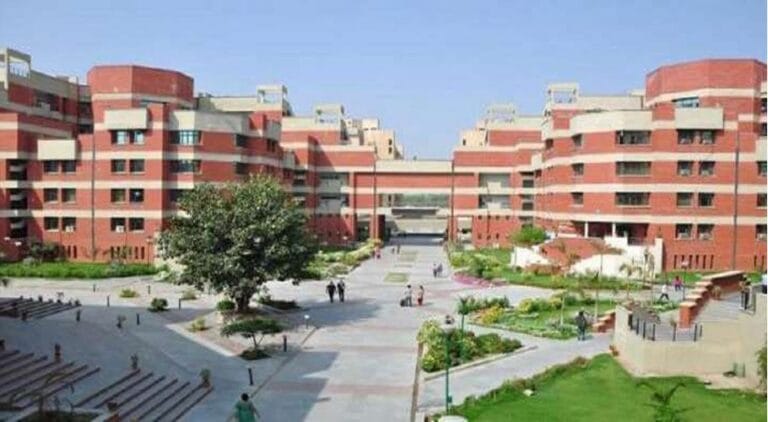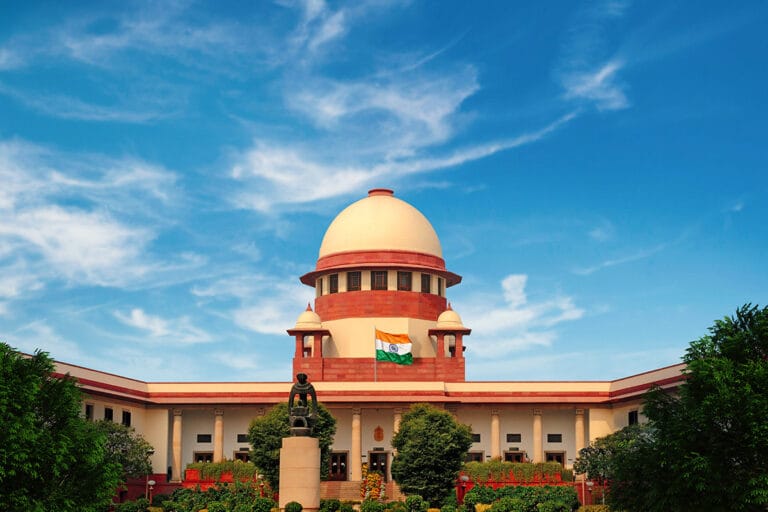Recent Blog
Orissa High Court Criticizes OPSC for Flawed Evaluation in Judicial Exam The Orissa High Court...
Guru Gobind Singh Indraprastha University (GGSIPU) Admissions 2025: Everything You Need to Know Guru Gobind...
MAH CET Registration 2025: Extended Deadline and Key Details The Maharashtra State Common Entrance Test...
Rajasthan Judiciary Notification 2025: Everything You Need to Know The Rajasthan High Court has recently...
CUET PG 2025 Registration Extended: Apply Before February 8 The National Testing Agency (NTA) has...
CTET December 2024 Result: Key Highlights, Statistics, and Next Steps The Central Board of Secondary...
Himachal Pradesh Judiciary Exam 2025: Key Dates, Vacancies & Preparation Tips The Himachal Pradesh...
Chhattisgarh Judiciary Notification 2025: Your Complete Guide The Chhattisgarh Public Service Commission (CGPSC) has released...
Why Confidant Classes is the Best Choice for Judiciary Aspirants The judiciary is one of...
Why Judiciary is One of the Most Prestigious Career Paths in India In India, the...
Looking for a Government Job? The Supreme Court of India Has Exciting Opportunities! Are you...
Supreme Court to Hear Pleas on CLAT 2025 Results: Key Developments The Supreme Court of...
Everything You Need to Know About Bihar D.El.Ed 2025 Registration The Bihar School Examination Board...
Top Emerging Careers in India for 2025: A Guide to the Future of Work As...
ICAI CA Inter and Foundation January 2025 Exams: Timings and Key Details The Institute of...















